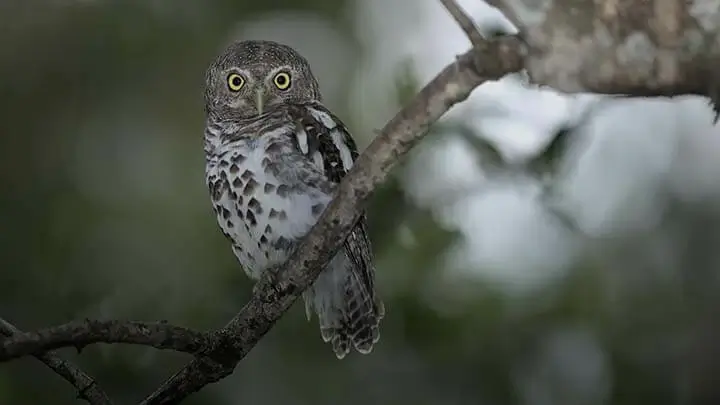
BIRDING IN
Impalila Island

BIRDING IN
Impalila Island

BIRDING IN
Impalila Island

BIRDING IN
Impalila Island
This island is located at the far eastern side of the Caprivi Strip, encompassing Zambezi and Chobe Rivers. The Island is located at the confluence of the Zambezi and Chobe Rivers. This island on the eastern tip of the Caprivi, bordered in the north by Zambia, in the south by Botswana, and in the east by Zimbabwe, could just as well be called one of the ultimate birding spots in the world. It offers an exotic view of the floodplains with animals grazing and going about their business at the Chobe National Park. This island also offers cruises and canoeing for witnessing the surreal natural beauty of the river set across the vast wilderness.
A combination of floodplain, open grassland, mopane and riverine woodland as well as papyrus-lined waterways make this a bird watching paradise. Birds such as Pel's Fishing Owl, Rock Pratincole, African Finfoot, White-backed Night Heron, Brown Firefinch, Coppery Sunbird, Chirping Cisticola, Redfaced Cisticola, Coppery-tailed Coucal are easily found and regularly seen.
On the sand banks along the Zambezi, you'll have the chance of catching a glimpse of the endangered African Skimmer. They usually share these sandy beaches with the odd Whiskered Tern and a lapwing or 60. A definite certainty on any trip on the Zambezi is a sight of the African Marsh-Harrier flying cheerfully over the marsh in search of small mammals and birds. The nesting suburbs of the beautiful Southern Carmine Bee-eaters are a must on this trip.
The slow-flowing streams with overhanging branches give perfect refuge to the highly secretive but much sought-after African Finfoot. Flood plains usually teem with water birds, each doing their own thing. Various herons, storks and egrets, such as the Rufous-bellied Herons and the Slaty Egret can be seen fiddling around in the mud.
At night the African Wood-Owl and African Barred Owlet are two of the not-so-common owls that can be found here. The Yellow-bellied Greenbul is by far the common species, while the Arrow-marked Babblers are the most vocal of the lodge bird guests. The White-browed Robin-Chat is known for its sounds in there early morning and late in the afternoon. Other regulars to look out for include the Brown Firefinch, Swamp Boubou, Ashy Flycatcher, Brown-crowned Tchagra and seven different sunbirds.
Our Experts are ready to provide answers
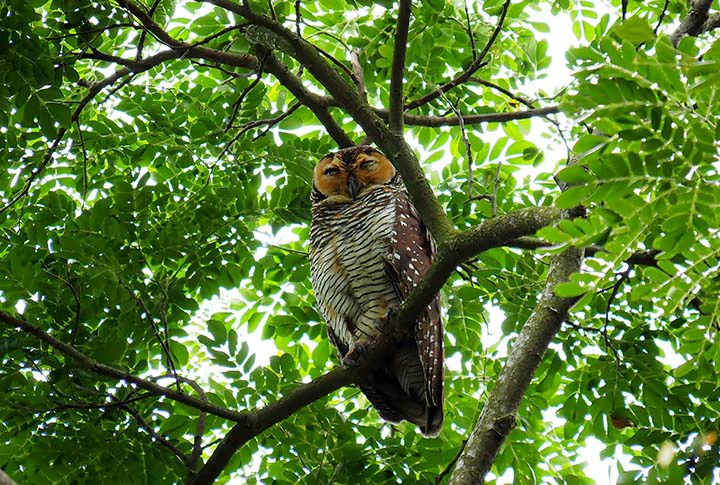
Birds include Wattled Crane, African Skimmer, Western- banded Snake Eagle, Wood Owl, Pel's Fishing Owl, Narina Trogon, Cape Parrot, and both Red-billed and Yellow-billed Oxpeckers.
Read More
Birding Specials for Avid Birders include; African hobby, African pygmy goose, Bat hawk, Bearded scrub robin, Bradfield's hornbill, Brown firefinch, Chirping cisticola, Collared palm-thrush, Coppery-tailed coucal, Green-backed honeyguide, Hartlaub's babbler, Lesser jacana, Little bittern,
Read More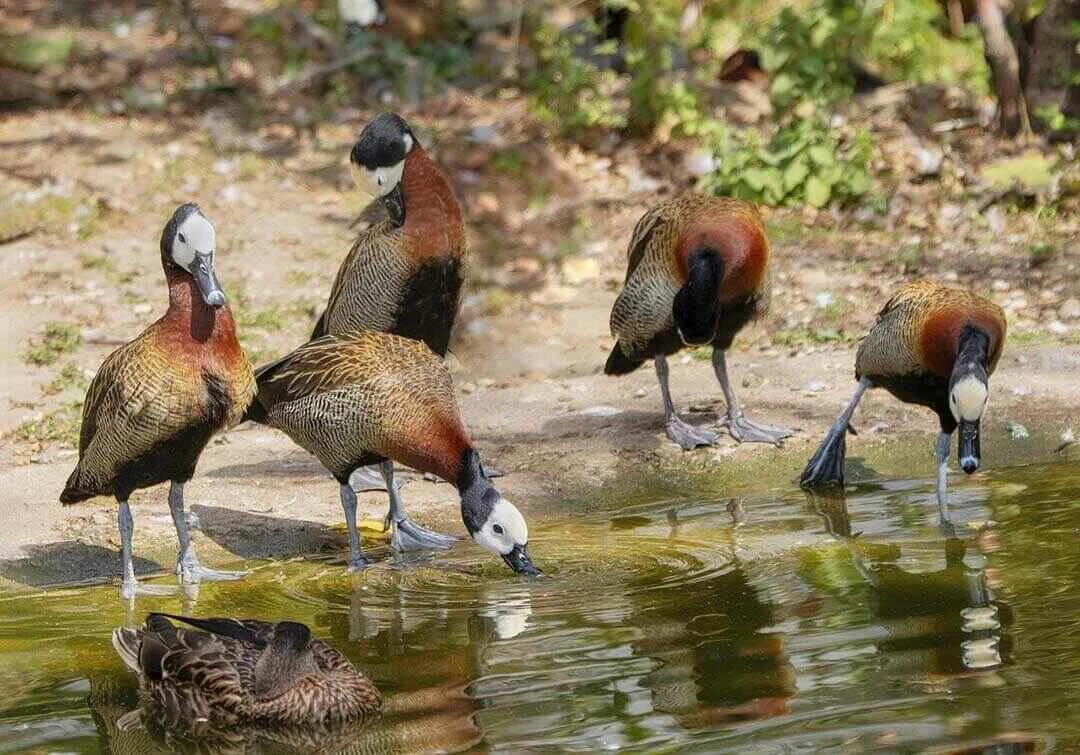
Daan Viljoen delivers brilliant dry country birding and could yield some very special species. This includes Monteiro's Hornbill, Verreaux's Eagle, Rockrunner, Carp's Tit, Short-toed Rock Thrush, Orange River Francolin,
Read More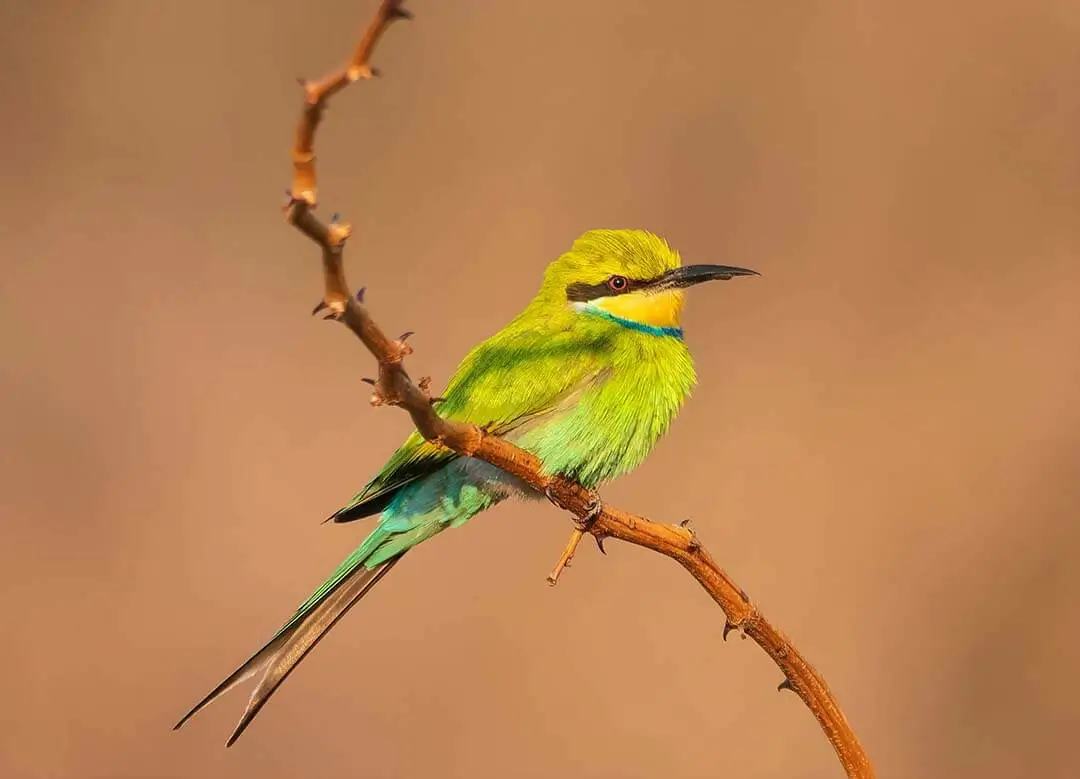
This is one of the best places to see the francolin, which can be very difficult to see and is generally found only early in the morning. The road leads to a National Monument where ancient rock art can be viewed.
Read More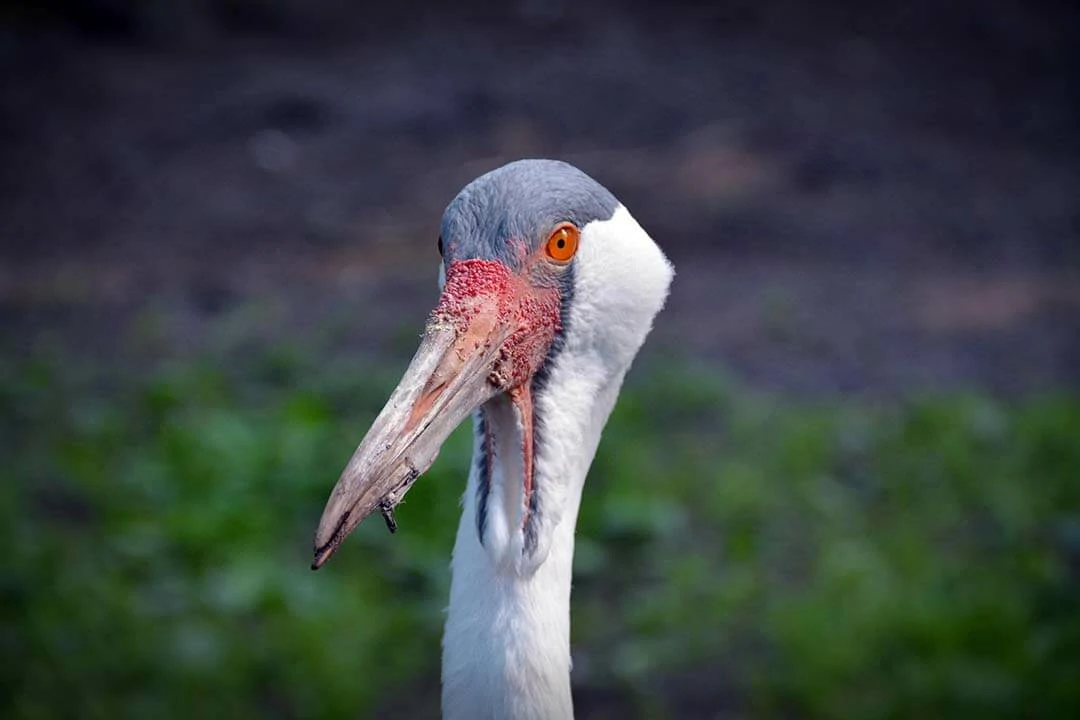
Etosha is home to 340 bird species, about a third of which are migratory. The avian residents of the park make up an eclectic mix that ranges from flamingos to the colourful lilac-breasted roller and eagles soaring high above.
Read More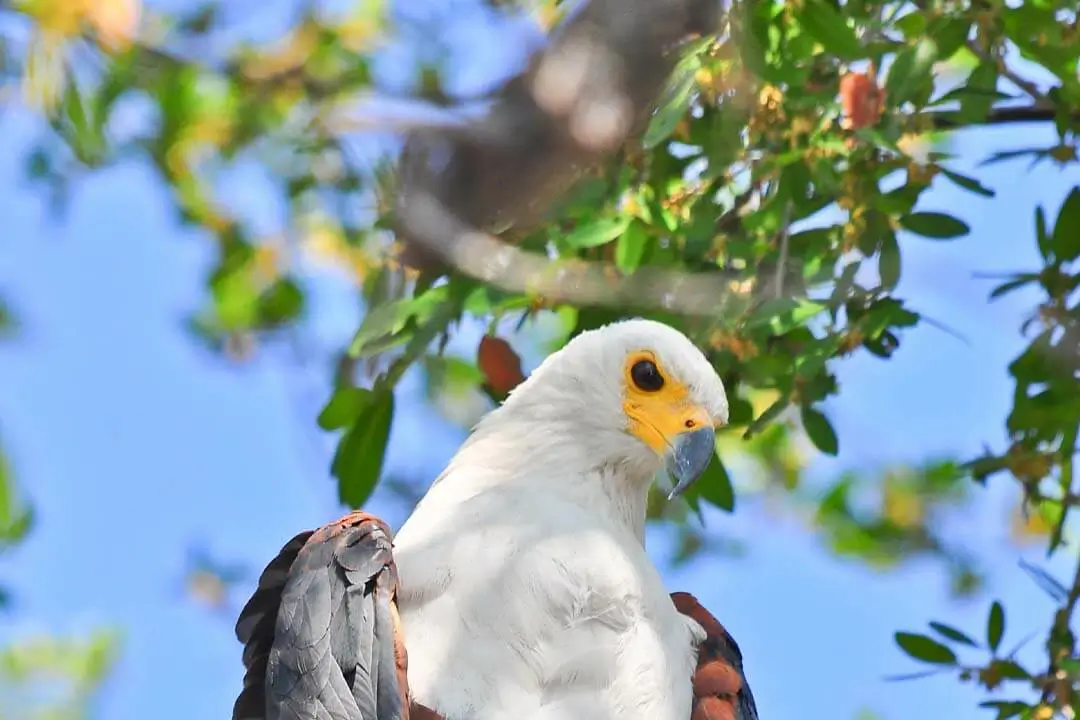
The 284 bird species recorded here include the Great White Pelican, Yellow Billed Stork, Osprey, Bradfield's Swift and Stark's Lark, Ostrich, White Pelican, Reed Cormorant, Darter, Goliath and Purple Heron, Little and Dwarf Bittern,
Read More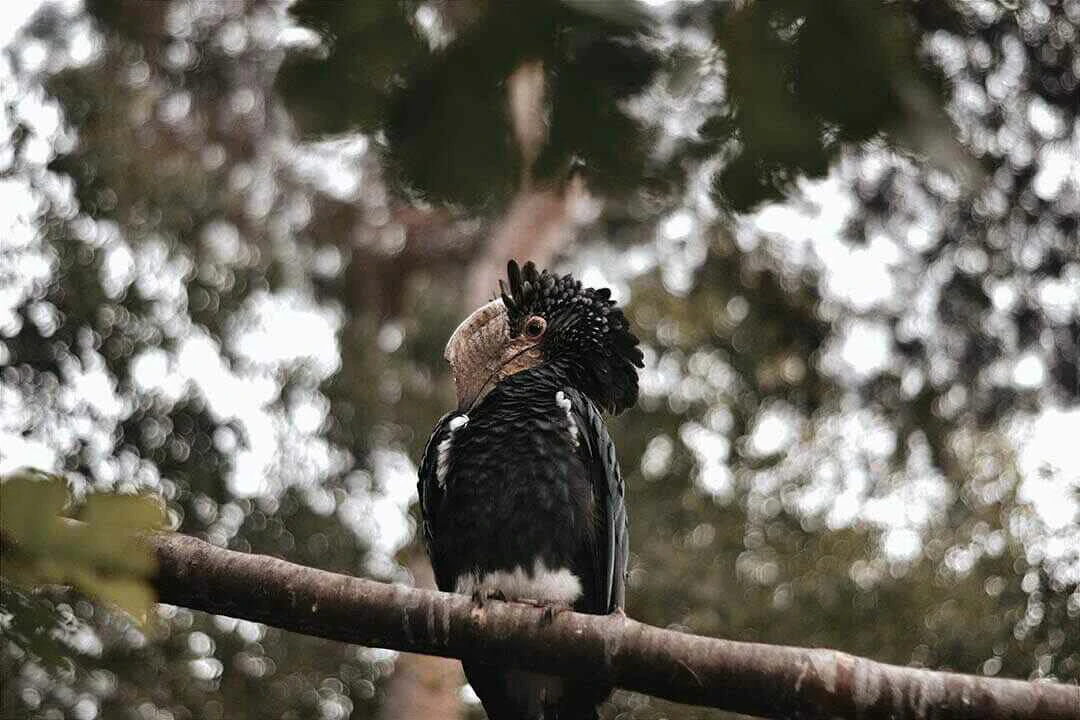
Birding in and around Katima Mulilo town offers plenty of sightings, amongst many others: African finfoots, African skimmers, African fish eagles and, if you are lucky, bat hawks on the River Zambezi.
Read More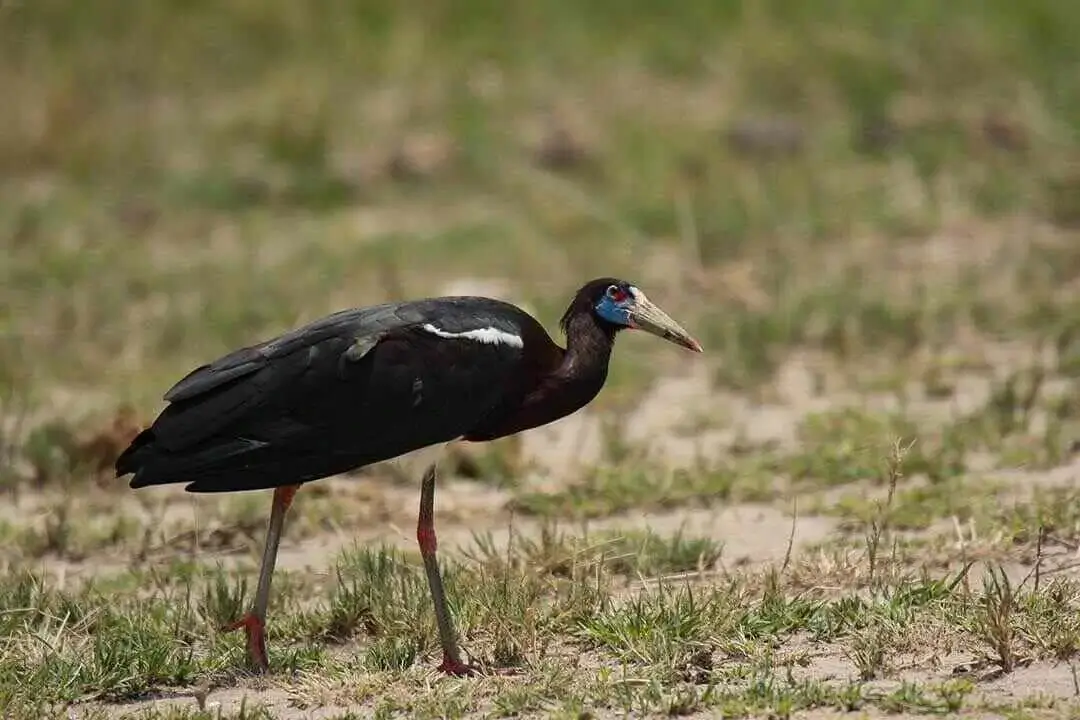
During the months between November and March, there are over 320 species of birds nesting and migrating through the park area. Amongst these, there are over 50 predator species of birds making this an exciting place to visit for bird lovers.
Read More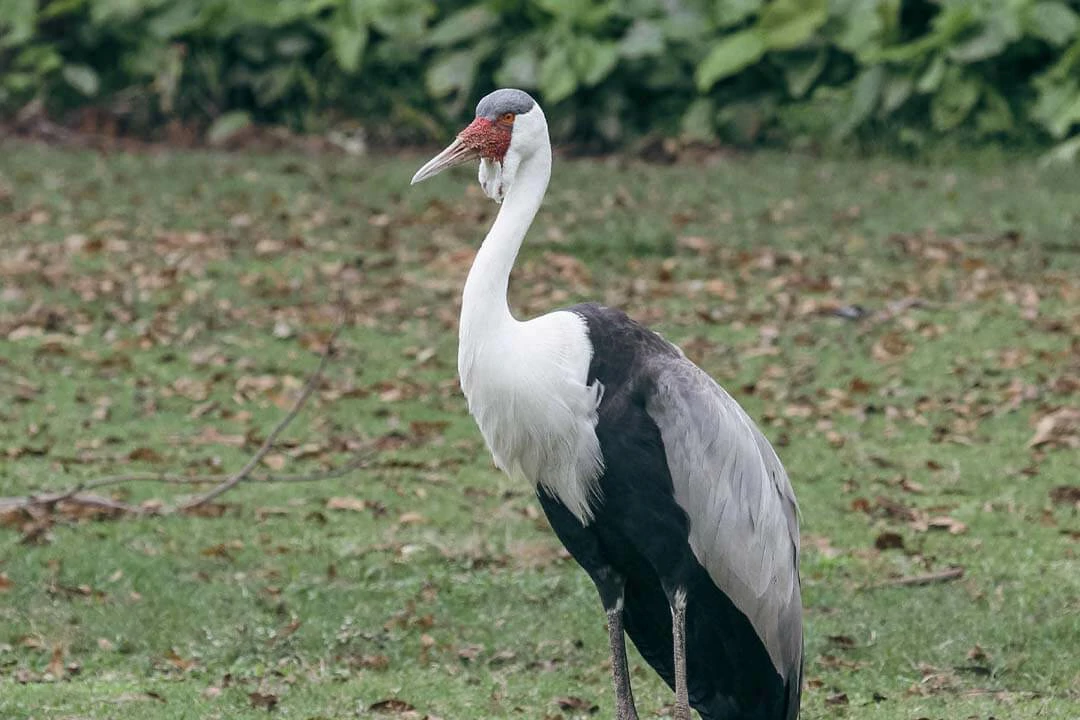
The birding is splendid, with threatened species such as Slaty Egret, Wattled Crane, and Black-winged Pratincole possible.
Read More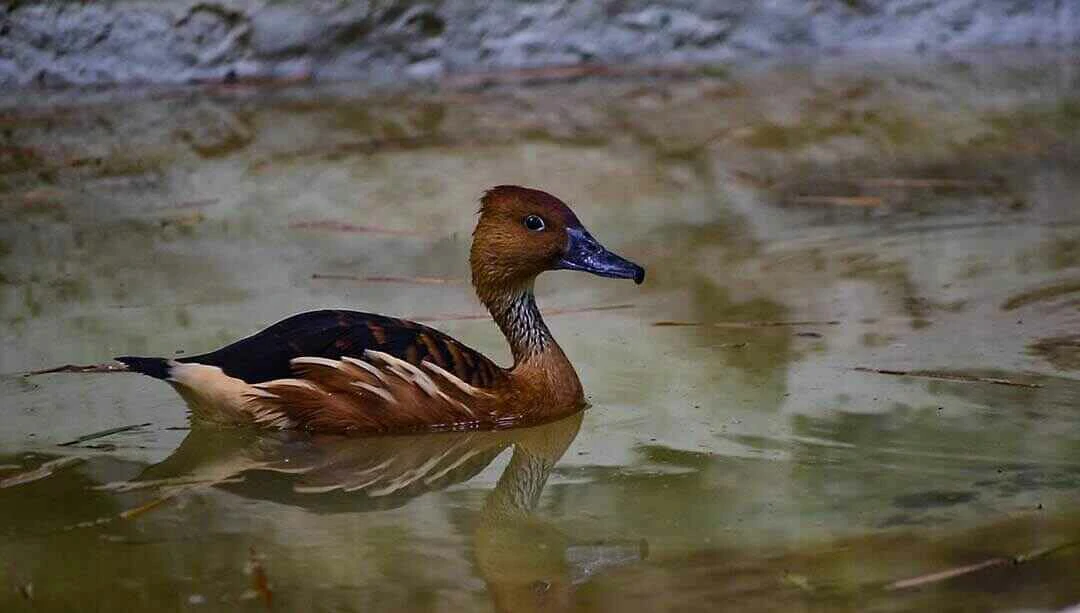
An amazing 430 species of birds have been recorded, which is nearly 70% of Namibia's total, and much game including the rare sitatunga and red lechwe as well as buffalo, elephant, zebra, antelopes, hippo, and crocodiles.
Read More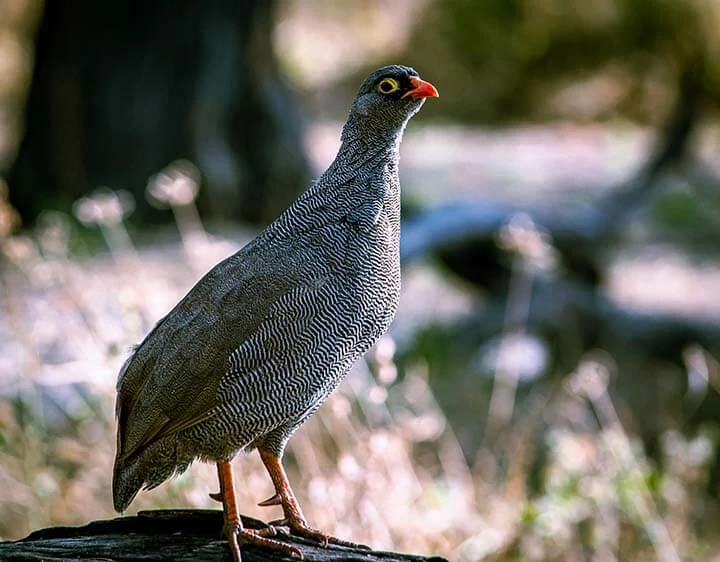
A place to pick up unique birds like Lapped-faced Vulture, Bateleur, Tawny Eagle, Meyer's Parrot, and Striped Kingfisher are among the birdlife vibrant in this region.
Read More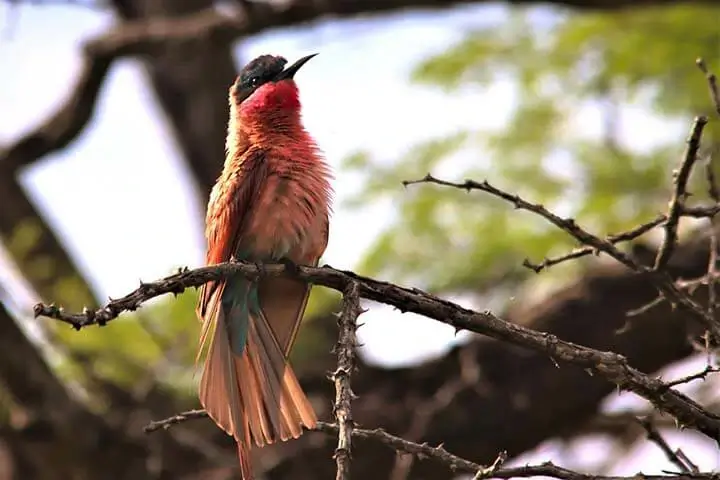
Birding Specials for Avid Birders include; African pygmy goose, Bradfield's hornbill, Bearded scrub robin, Brown firefinch, Collared palm-thrush, Lesser jacana, Grey-backed cisticola, Coppery-tailed coucal,
Read More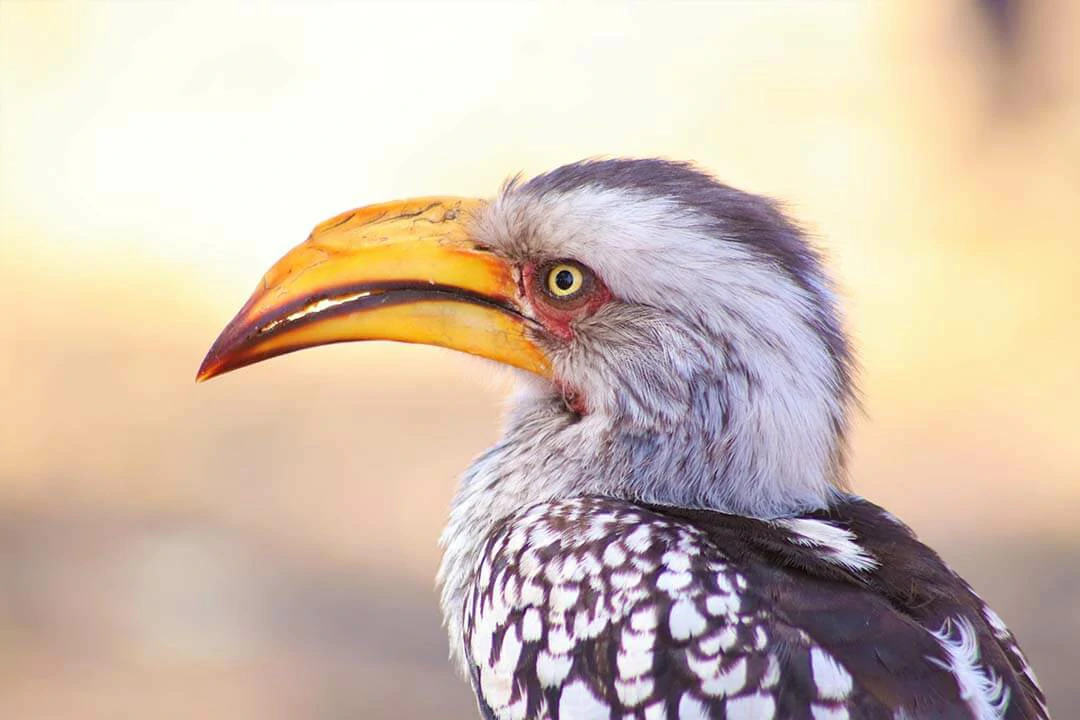
At Okonjima you will see the Africat Foundation at work, learn more about leopard and cheetah, and have excellent photographic opportunities. This is also a very good birding spot.
Read More